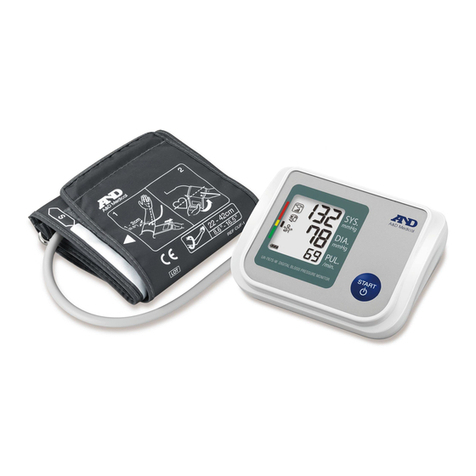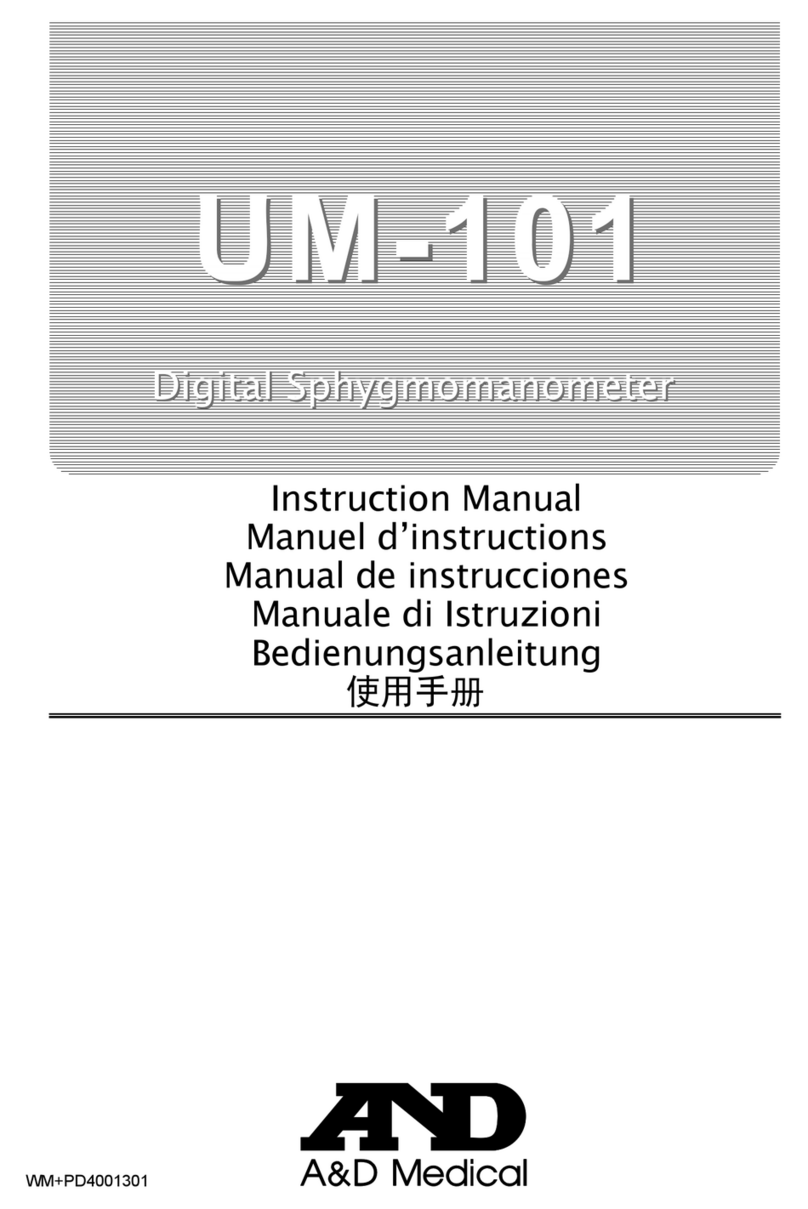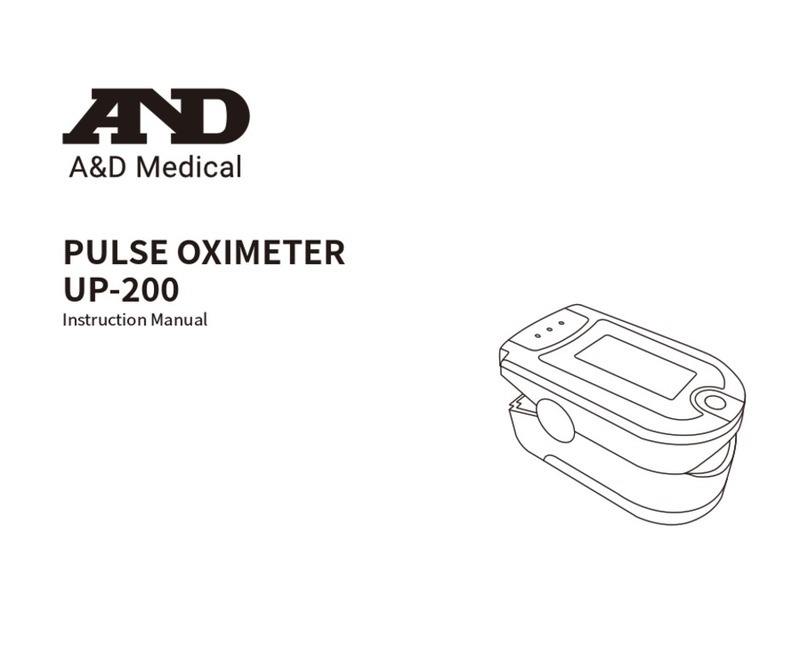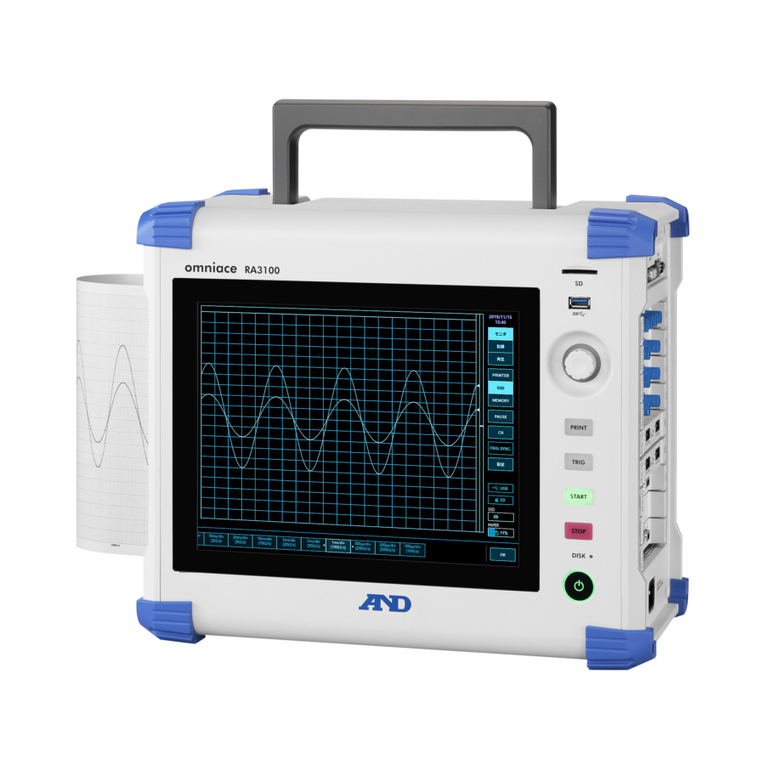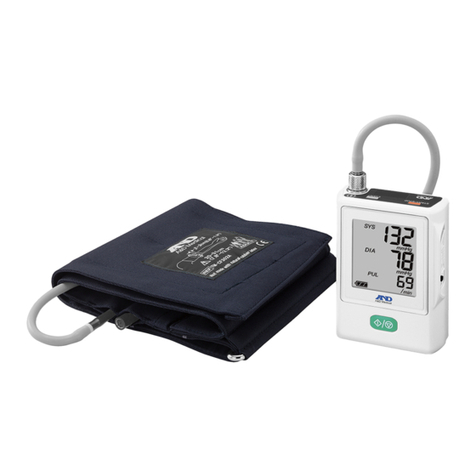
iii
Precautions for Use
In order to use the TM-2440 (the recorder for the ambulatory
blood pressure monitor) safely and correctly, read the following
precautions carefully before using the monitor. The following content
summarizes general matters affecting the safety of patients and
operators, as well as safe handling of the monitor. Precautions for
each operation are described in the pages of this manual. Read
the instruction manual before using the device.
1. Precautions When Wearing and Storing the Recorder.
Keep the recorder away from areas where flammable
anesthetics or flammable gases are present, high-pressure
oxygen chambers and oxygen tents. Using the recorder in
these areas may cause an explosion.
Do not use the recorder together with a magnetic resonance
To preserve the capabilities of the device, consider the following
environmental conditions when using and storing the recorder.
The performance of the recorder may be affected by excessive
temperature, humidity and altitude.
Avoid locations where the recorder may be splashed by water.
Avoid locations with high temperature, high humidity, direct
sunlight, dust, salt and sulfur in the air.
Avoid locations where the recorder may be tilted, vibrated,
or impacted (including during transportation).
Avoid locations where chemicals are stored or gas is present.






